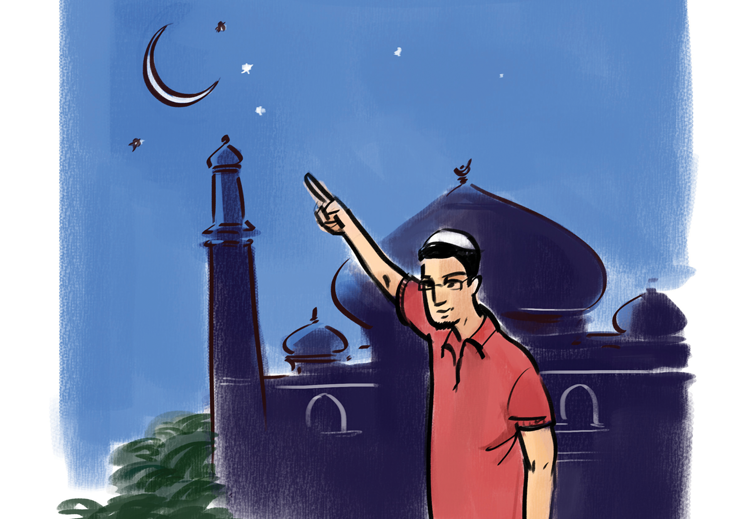-
Designing the moon for Ramadan
We spoke to Brownbook about designing the moon for Ramadan, offering an insight into the significance of the crescent moon design, and why the crescent symbol is important to Muslims. Brownbook is an urban lifestyle guide focusing on design, culture and travel across the Middle East and North Africa.
You can download the pdf of the article: Designing the moon (Ogilvy Noor for Brownbook)
Or, enjoy Brownbook’s full Ramadan supplement with insights into the Islamic month of fasting and its celebration in the Middle East and North Africa: Brownbook Ramadan Supplement 2012
Shelina Janmohamed, a Senior Strategist with Ogilvy Noor – the world’s first specialist consultancy for building brands with Muslim consumers, was able to provide us with an insight into the significance of the crescent moon design
Why is the crescent symbol important to Muslims?
Since the Islamic calendar is based on the lunar cycle, the crescent marks the beginning and the end of each month, which therefore sets the rhythm of the Muslim year.
Why is it important particularly during Ramadan?
Only when the crescent moon is seen, can Ramadan begin. It is elusive to see, and it is said to be a blessed activity to search for it in the night sky. The crescent is the gateway to Ramadan: when it is seen, Ramadan begins. What could be more exciting?
Can it be any colour and are there any rules to using the symbol?
The crescent symbol is used from posters, to TV ads, to Eid cards, to avatars. It’s symbolism is so powerful – often used to represent Islam itself – that it is everywhere. You can be quite creative in its use, as long as its symbolism is respected.
Do you think that the crescent moon symbol stirs nostalgia for Muslims who perhaps don’t get such a clear view of it?
The Middle East is particularly blessed with the clear skies and the seeming closeness of the crescent. The longing to see it clearly in skies that are less conducive is certainly very powerful. The nostalgia you speak of is to be connected to the wider Muslim community around the world through the crescent.
Has the crescent symbol become somewhat of a cliche? How can we make sure it retains its meaning?
Overuse can drain a symbol of meaning, and it also drains it of potency – those viewing it just don’t notice it anymore. In creating visuals for Ramadan, and Muslims in general, creativity is vital. Don’t just follow the crowds in using the crescent. It’s fine if it’s appropriate, but it doesn’t work as shorthand for ‘reaching out to Muslims’. Muslim consumers are much smarter than that, and are looking for visual imagery that speaks to their values and aspirations.
How does Ogilvy-Noor use the symbol? Will you be using it this Ramadan?
For last year’s Eid ul Fitr mailing we chose to speak about the importance of the new moon to Muslims, and so it was appropriate and relevant to use the crescent as a symbol. In this case, simplicity was the key to its power, balanced by a mosaic of the diverse Muslim community.
What does the crescent symbol mean to you personally?
I love to watch the moon wax and wane, but the thin line of bright white light that cuts across the night sky for me is as powerful as the full moon. It gives us the opportunity for a fresh start every month.

